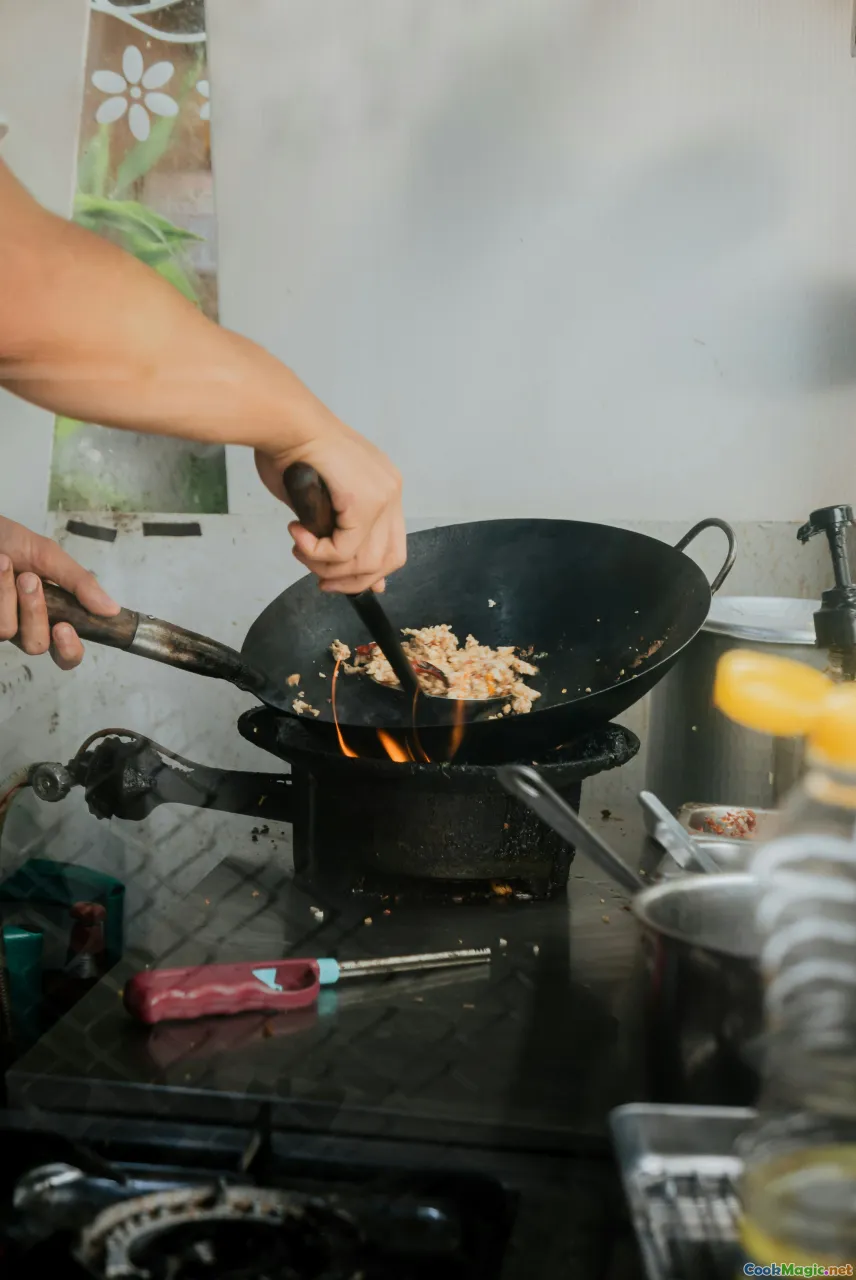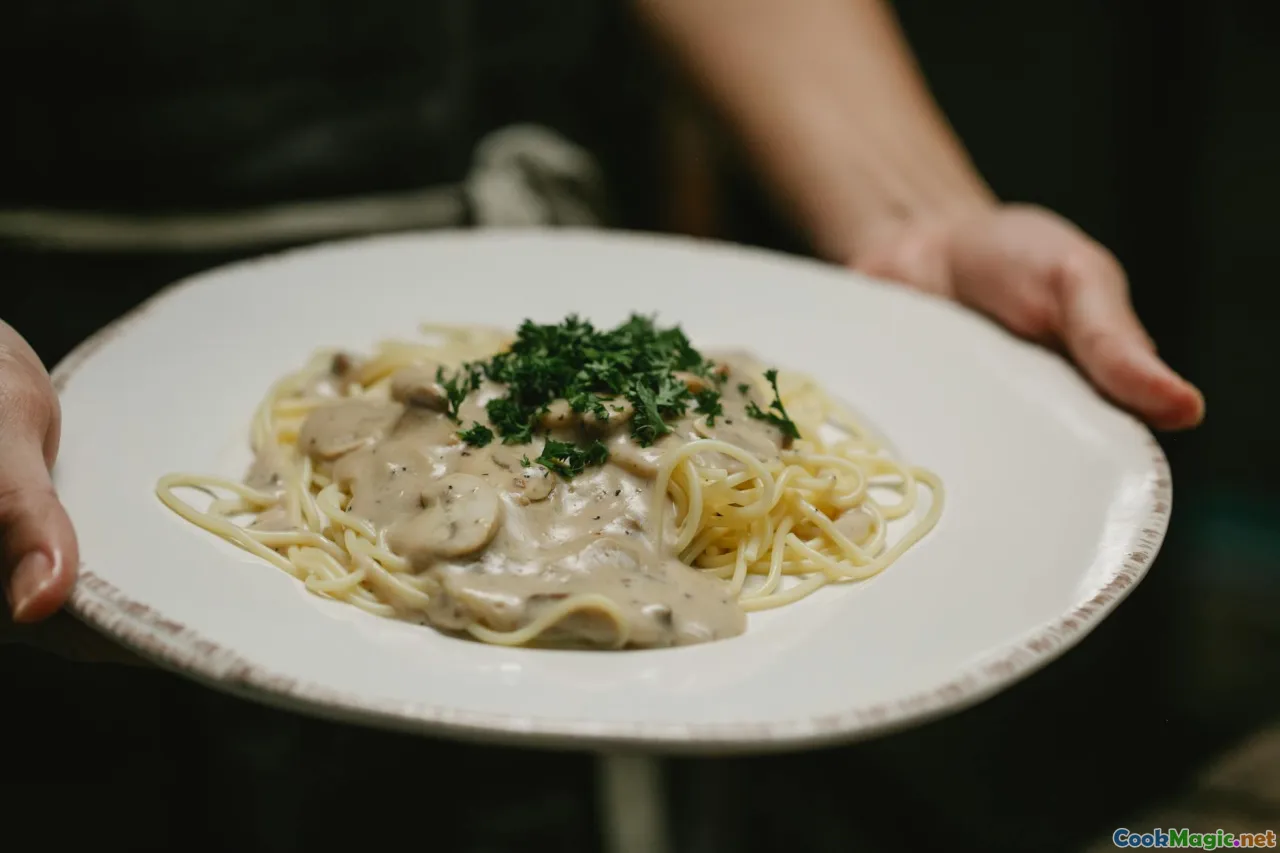The Evolution of Food Critics in the Age of Netflix
11 min read Exploring how Netflix and streaming platforms reshape food criticism and influence culinary trends in modern pop culture. June 24, 2025 12:05
The Evolution of Food Critics in the Age of Netflix
As the velvet ropes slide away from exclusive, gilded restaurants, and the dinner table becomes a canvas for storytelling on digital screens, a profound transformation has swept through the realm of food criticism. Once confined to printed pages and hushed whispers among connoisseurs, food critics now navigate a media landscape brimming with streaming giants like Netflix—worldwide platforms that have redefined not just how we watch shows, but how we taste, perceive, and critique food itself.
The rise of culinary documentaries and food-centered series has democratized food critique, turning everyday viewers into armchair gourmets and sparking debates about authenticity, artistry, and cultural storytelling. This shift has challenged traditional gatekeepers, diluting the mystique surround haute cuisine while elevating regional dishes and home-cooked traditions in unprecedented ways.
In this deep dive, we journey through the fascinating evolution of food critics amidst Netflix’s culinary wave, unearthing the emotional currents, historical trails, and personal insights that have colored this vibrant transformation.
From Print to Pixels: The Changing Landscape of Food Criticism

Historically, food criticism was an art rooted in the pages of glossy magazines and serious newspapers. Critics like Ruth Reichl, Jonathan Gold, and Mimi Sheraton wielded their pens with precise elegance, their words often evoking orchestral symphonies of flavor and aroma. Dining was an affair of high stakes—small, tucked-away establishments or Michelin-starred temples—each meal a carefully calibrated experience meant to be dissected with scholarly rigor.
However, as television emerged and later internet platforms began to proliferate, the access and immediacy of critique evolved dramatically. The rise of food shows and YouTube channels democratized culinary opinions, and with it, the way critics gained influence.
Netflix, entering this arena as a streaming legend, redefined not just viewership but how food becomes part of cultural dialogue. Its documentaries—like Chef's Table, Street Food, and Ugly Delicious—fuse cinematic storytelling with culinary insight, weaving narratives that celebrate recipes, traditions, and the identities behind them. In effect, the critic's role has shifted from being merely evaluative to becoming a storyteller, cultural ambassador, and emotional anchor.
The Power of Storytelling: Arts, Identity, and Cultural Reflection

Netflix's culinary series have underscored that food is more than sustenance—it’s a vivid portrait of cultural history, identity, and emotion. Take Street Food, which highlights stories of vendors whose humble stalls stir the soul as much as their flavors burst on the palate.
For example, the episode on Taiwan’s夜市 (night markets) transports viewers to bustling stalls where skewers sizzle in fragrant, smoky air—each bite a union of nostalgia, tradition, and local pride. Or the episode on Mumbai’s Khao Galli—narrow lanes bursting with spice, turmeric, and the aroma of freshly fried samosas—painting a portrait of resilience and community through generations.
These narratives embolden viewers to critique not just the dishes, but the social fabric, recipes, and stories they carry. Unlike traditional critics, who often held a somewhat aloof stance, these series foster emotional connections that influence culinary trends and perceptions.
The Democratization of Food Opinions: From Critics to Crowdsource

One of the most profound impacts of Netflix’s culinary revolution is the dissolution of the critic’s monopoly on taste. Social media, while not the sole result, amplified this shift—where average food lovers share their pics, reviews, and stories, creating a bustling, worldwide agora of opinion.
Yet, Netflix’s approach—highlighting authentic voices and diverse stories—reinforces that expertise isn’t confined to critics alone. The rising influence of food bloggers, TikTok short videos, and Instagram foodstagrams has created a hybrid landscape where celebrity chefs, home cooks, and everyday eaters both critique and celebrate.
Netflix’s documentaries reinforce this democratization by showcasing that behind every dish is a story deserving of respect. It invites viewers to develop their palate and voice, transforming dining from a passive experience into an active dialogue.
How to Approach Food Critique in the Era of Streaming: Practical Tips

If you’re an aspiring food writer or critic, navigating this new ecosystem requires adaptability, authenticity, and sensory acuity. Here are some practical pointers:
- Embrace storytelling—Connect dishes to culture, history, or personal anecdotes. A souffle is more than fluffy eggs and butter; it’s a symbol of French precision and patience.
- Develop sensory literacy—Train your palate to detect nuanced flavors and textures. Is that truffle oil overbearing or balanced? Is the sourness of a Balsamic reduction sharp or rounded?
- Photograph for impact—Visual presentation matters. Capture the vibrant colors of a Thai green curry or the delicate layering of a mille-feuille.
- Leverage multimedia platforms—A compelling review can include short videos, sound bites, or recipes to deepen engagement.
- Recognize the cultural context—Understand that dishes often embody traditions, struggles, and triumphs. Critiquing authentic street food is not just about taste but respect.
Notable Moments: When Critics Became Cultural Commentators
The influence of critics has extended beyond taste to social commentary and activism. Anthony Bourdain exemplified this hybrid role, using his platform to explore the human condition through food. His episodes in Syria or Haiti shed light on war, poverty, and resilience—further elevating culinary critique to social commentary.
Similarly, Netflix’s documentaries often spotlight marginalized voices, such as indigenous chefs in New Zealand or women restaurateurs in Ghana, challenging viewers to see food’s capacity for social change.
This evolution underpins a broader definition: critics now serve as cultural commentators, diplomats, and catalysts for dialogue.
The Emotional Power of a Well-Crafted Food Narrative

Food criticism has always involved emotion—nostalgia, surprise, comfort. Today’s media-rich environment amplifies these feelings. A scene of a family sharing bread in a rustic Italian trattoria captures warmth more vividly than a written review.
Netflix series evoke sensory memories—not just through overt descriptions but through cinematography that highlights textures, colors, and smells. Viewers 'taste' through their eyes—crisp crusts, tender meats, spicy sauces—and feel as if they’re part of the experience.
The emotional resonance is not merely entertainment; it often sparks a reevaluation of one's own culinary culture, encouraging a deeper appreciation, or even inspiring home cooks to recreate ancestral recipes.
The Future: Continuing Trends and Challenges

As the media landscape evolves, so will food criticism. The integration of AI, virtual reality, and augmented reality promises immersive dining experiences without leaving home, while global fusion cuisines will push boundaries further.
However, challenges include maintaining authenticity amidst commercial influences, preventing the dilution of culinary traditions, and ensuring that diverse voices are heard.
Netflix and similar platforms must balance storytelling with integrity, fostering a genuine appreciation for food’s cultural roots.
Amid these shifts, the core remains the same: food is a mirror of humanity’s creativity, resilience, and shared stories. Whether through a plate in a bustling street market or a beautifully shot documentary, critics of today and tomorrow continue to interpret, celebrate, and challenge our perceptions of what we eat.
A plate of food, after all, is never just about sustenance—it’s a story that feeds the soul, and in the age of streaming, every viewer has a front-row seat to this captivating narrative.









